“Why would anyone want to learn how to write Facebook ads that convert, I thought Facebook is for unserious folks” some may say. The facts do not agree with those who think Facebook is not a great marketing channel.
Facebook has continued to be the number one social media marketplace in the world. And marketers agree that Facebook is a place to drive sales for businesses around the globe.
Facebook’s organic reach may not be doing too well, but Facebook ads are still a great way to drive traffic and generate conversions/sales on a daily basis. From just boosting a post on Facebook to using the sophisticated ads manager, Facebook is an online marketing platform you need to pay attention to, and here is why:
1.) Facebook has 3.030 billion monthly active users (2023 data). Facebook continues to dominate as the most widely utilized social media platform on a global scale. For digital marketers and businesses aiming to connect with a wide range of demographics, Facebook should be an indispensable part of their social marketing strategy.
2.) Every social class is on Facebook in their numbers. This is because over 37% of the world’s population uses Facebook monthly. With 3.030 billion users on Facebook, you are sure to get the right audience for your business.
3.) Facebook average conversion rate is 9.21% across industries. Facebook boasts a rather impressive conversion rate for advertisements featured on its platform. On average, one can anticipate a conversion rate of approximately 9.21% for their Facebook ads. Nevertheless, it’s essential to note that the exact figures may fluctuate based on the industry. Notably, sectors such as fitness, education, and healthcare tend to experience higher conversion rates.
4.) Facebook ads generate the highest return on investment (ROI). It goes without saying that with such high conversion rates and cost-per-click (CPC) efficiency, Facebook marketing delivers substantial returns on investment. In fact, when compared to all other social media platforms, Facebook stands out as the top performer in generating the highest return on investment.
Some people might think that Facebook is losing its popularity, but the facts tell a different story. According to Pew Research Center, Facebook is the most used social media platform in the U.S. for instance, with 70% of its users logging in daily. This is much higher than Instagram (59%), Twitter (38%), Pinterest (27%), and LinkedIn (22%). This is basically the same trend globally.
From the above, you can easily tell that Facebook is a great opportunity for you as a business owner to reach your target audience and grow your business faster. Also, Facebook advertising cost is equally cheap, and that makes it great for businesses with small budgets. But the most relevant question is can you write Facebook ads that convert and not just advertise without good results?
Facebook ads are a powerful way to reach your target audience and drive them to take action. But how do you write Facebook ads that convert?
Here are some tips to help you craft effective and engaging ad copy that produce results.
Top 8 Tips on How to Write Facebook Ads That Convert
1.) Know your audience. Before you write your ad, you need to understand who you are talking to, what they want, and what motivates them. You can use Facebook’s Audience Insight to research your ideal customers and create personas based on their demographics, interests, behaviours, and pain points. If you do this right, you will be able to come up with a message that will resonate with them
2.) Write a clear and compelling headline. Your headline is the first thing that people see when they encounter your ad, so it needs to grab their attention and make them curious. Use words that trigger emotions, such as “how to”, “discover”, “secret”, “guaranteed”, or “free”. Ensure your headline matches your offer and your landing page, and avoid misleading or clickbait headlines that can hurt your credibility and conversions in the long run. If you are using a video, your first words should be your headline. Something that can speak to the right audience and grab their attention.
3.) Use benefits, not features. People don’t really buy products or services, they buy solutions to their problems. So instead of listing the features of your offer, please focus on the benefits that it provides to your audience. How does it solve their pain points, improve their situation, or make their lives easier? Use bullet points or numbers to highlight the main benefits of your offer and make them easy to understand.
4.) Engaging Visuals: Use high-quality images or videos that are relevant to your message. Visual content should resonate with your target audience and stop them from scrolling. Just like Instagram ads, the ultimate aim of your Facebook ad should be to make the right user pause their scrolling and engage with your ads, that is where great visuals come into play.
5.) Clear Value Proposition. Immediately communicate the benefits of your product or service. Explain why it’s valuable to the viewer and what problem it solves. Unless you are on an awareness campaign, it is better you get straight to the point, as you have 3 seconds to grab prospects’ attention and 8 seconds to make them take the right action. Also remember that your prospects are more interested in benefits than features, with the exception of cases where the product features also double as the very benefit the user will enjoy.
6.) Concise Copy: Keep your ad copy brief and to the point. Facebook ads should convey the message quickly and clearly. Avoid jargon or excessive details. If your campaign strategy is to get leads >> nurture>> convert, then your aim is their contact. Therefore communicate the value you are giving them for their details quickly with the right call to action.
7.) Use a strong and clear call to action. Your call to action (CTA) is the most important part of your ad, as it tells your audience what you want them to do next. Use a strong verb that conveys urgency, such as “buy now”, “sign up”, “claim your spot”, or “learn more”. Make sure your CTA stands out from the rest of your ad by using a contrasting colour, or large font size, or a button in your creative. See some interesting stats about CTA in general.
Never assume that your audience knows what to do after seeing your ad, you must tell them what action they should take next
8.) Test and optimize. The only way to know if your Facebook ads are converting is to test them and measure their performance. Use Facebook’s split testing feature to compare different versions of your ad, such as headlines, images, copy, or CTA. Track the metrics that matter to you, such as clickthrough rate, clicks, conversions, or cost per result.
Analyze the data and see what works best for your audience and your goals. Then optimize your ads accordingly and repeat the process until you find the best combination.
Remember that the key to successful Facebook ads is constant testing, learning from your audience’s behaviour, and refining your strategy based on the results. It’s a repetitive process that requires patience and adaptability to see optimal results.
How to Write Facebook Ads That Convert Bonus Tips
Ad Placement: Consider where your ad will be displayed in accordance with your image or video size. Facebook offers different ad placements, such as the news feed, Instagram, and Audience Network. Choose the one that suits your goals and audience. If you don’t have designs optimized for all placements, choose the manual placement and select placements that will give your visuals maximum exposure.
Mobile Optimization: Ensure that your ad is mobile-friendly, as a significant portion of Facebook users access the platform via mobile devices. Use visuals that are clear on mobile devices. Think of those with poor eyesight when working on your visuals.
Landing Page Alignment: Ensure the ad’s message and design are consistent with your landing page. A seamless transition can improve conversion rates. Don’t let prospects second guess whether they are on the right landing page. Let your copy and visuals on the landing page and ad copy be in synch for better conversion.
Use Facebook Pixel: Implement the Facebook Pixel on your website to track conversions and gather valuable data for optimization. With Facebook Pixel installed on your website, you can decide to run only conversion ads where you if a prospect take a predefined action on your website, like buying a product or filling out a lead or order form. The immense benefit of Facebook pixel only applies to businesses with websites.
If your business is yet to invest in a website to drive BIG growth, you can CLICK HERE REQUEST A FREE QUOTE HERE.

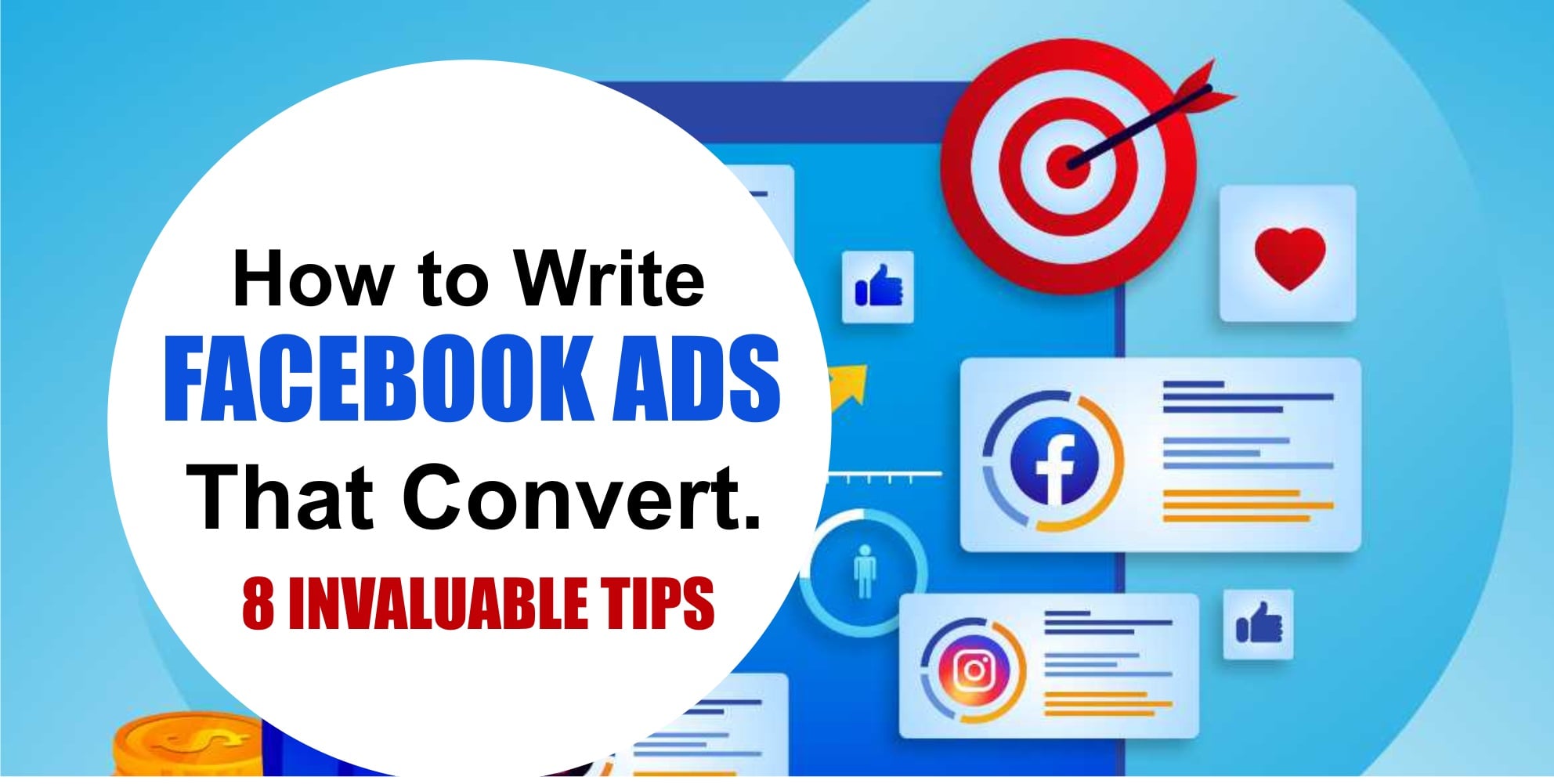
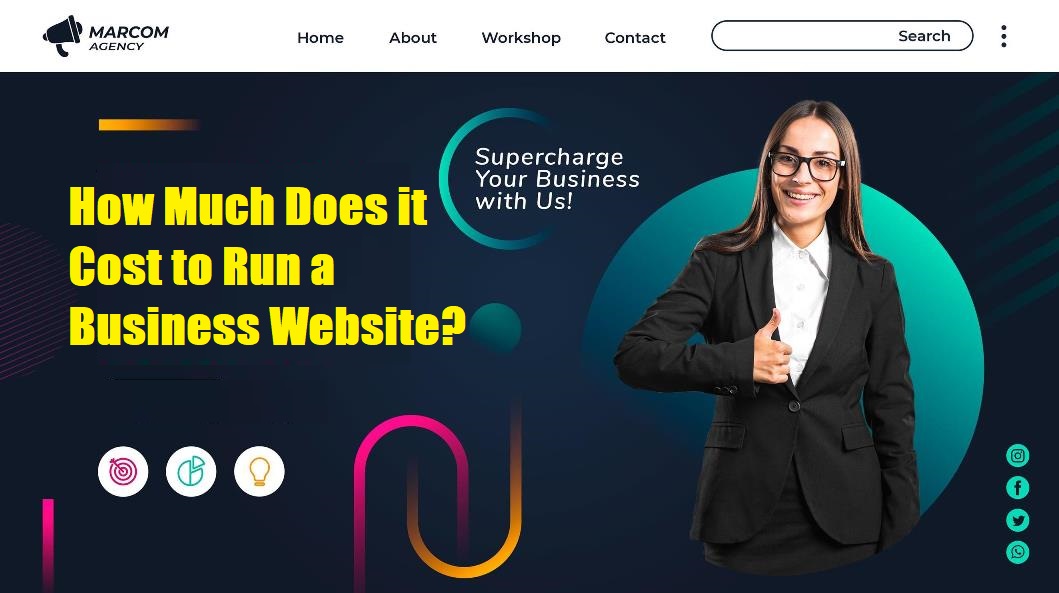
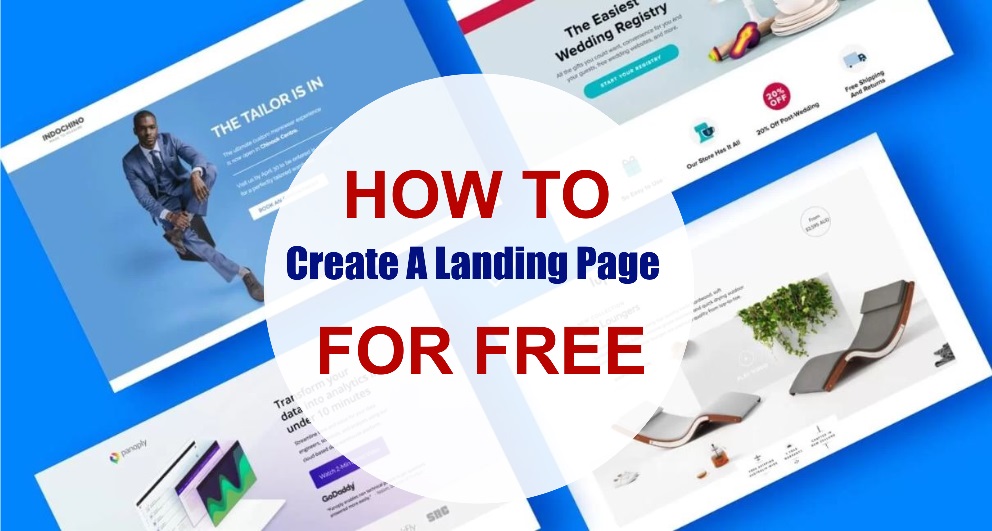
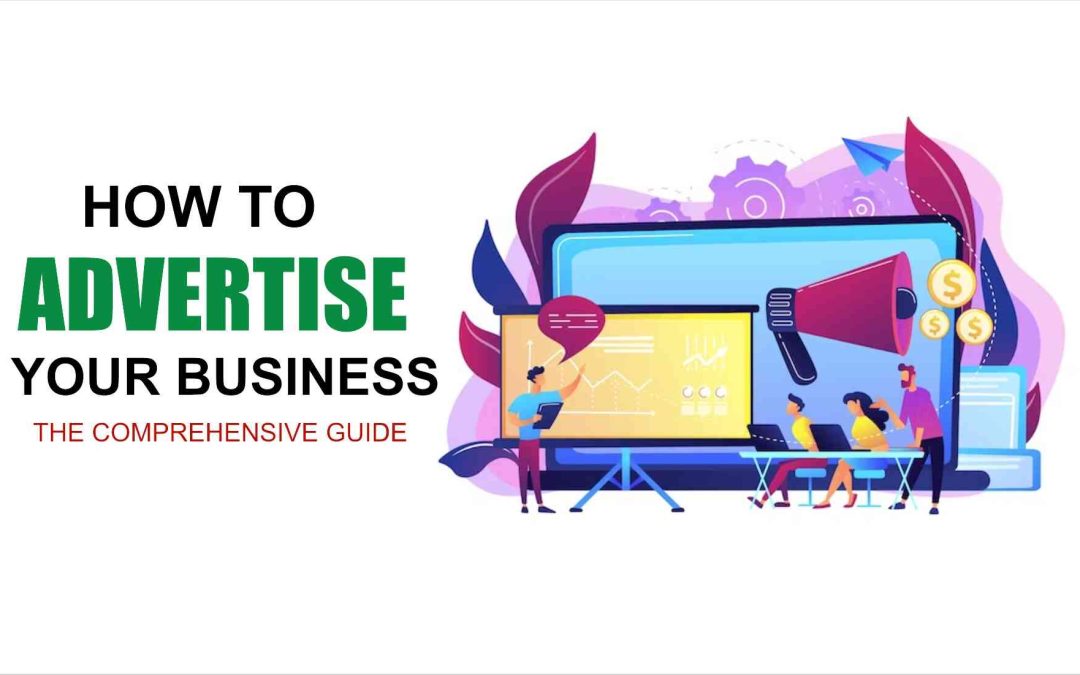
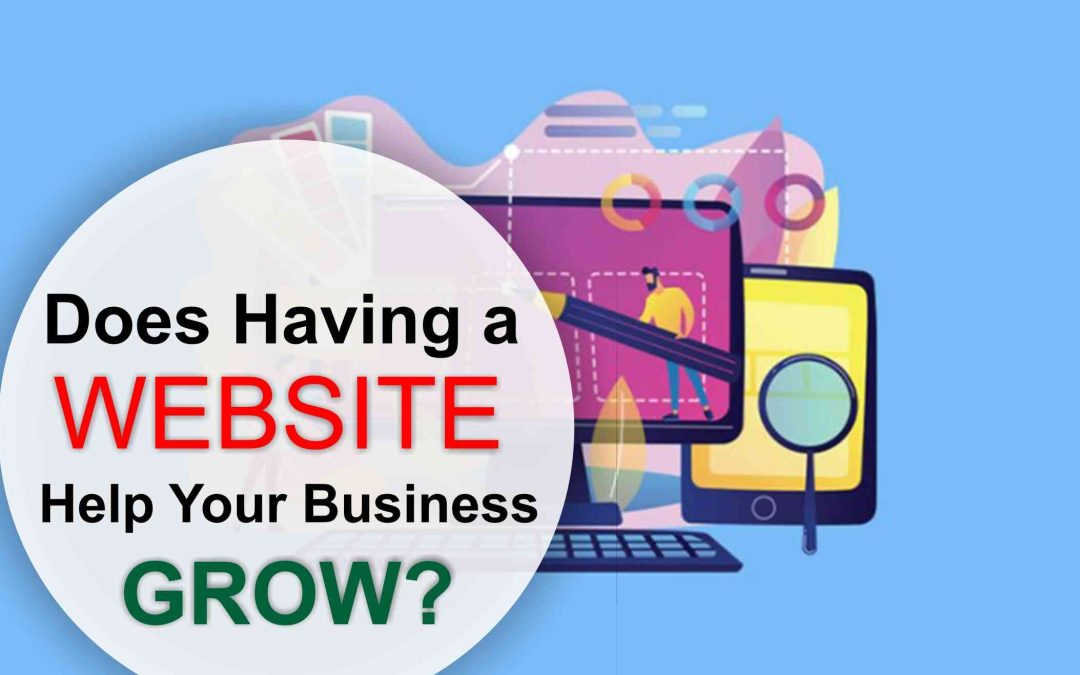

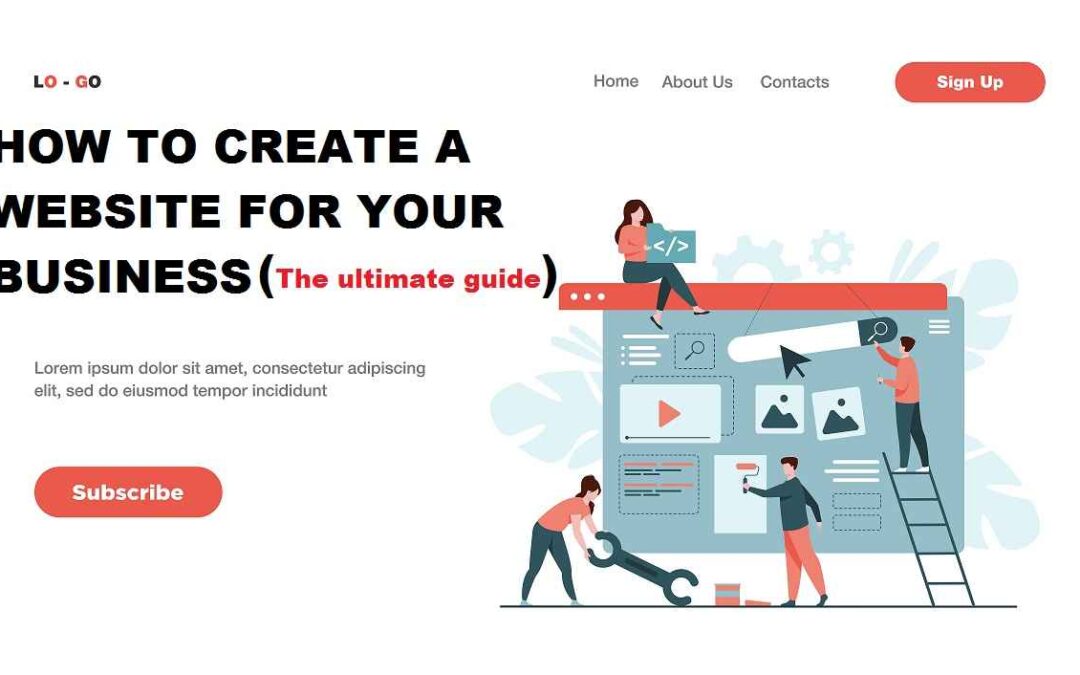
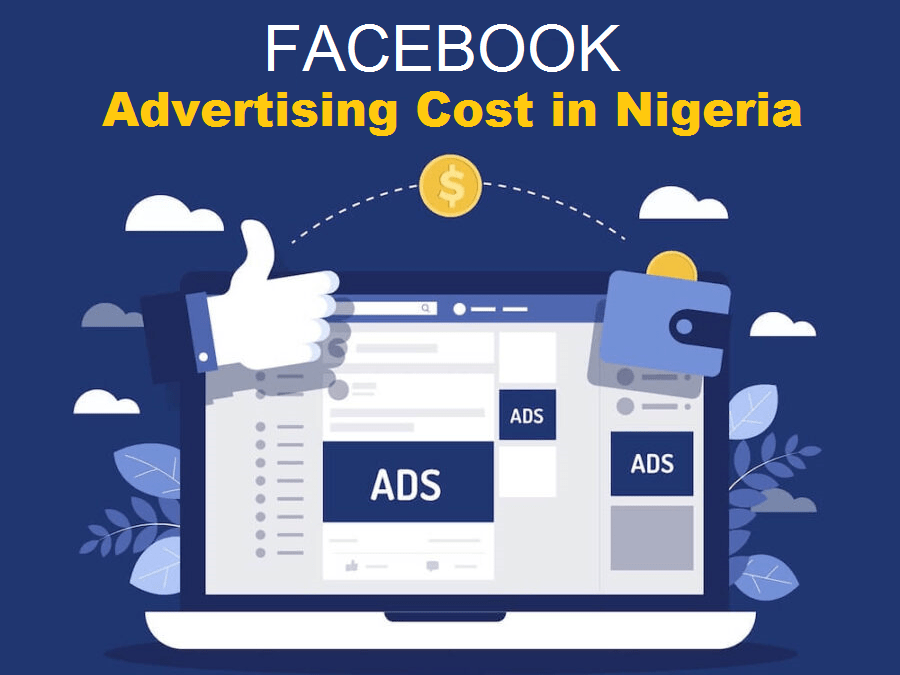
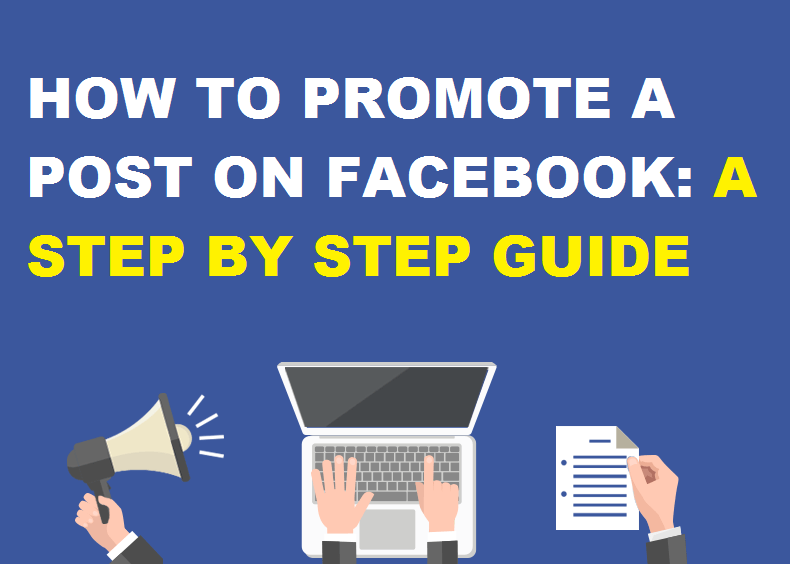
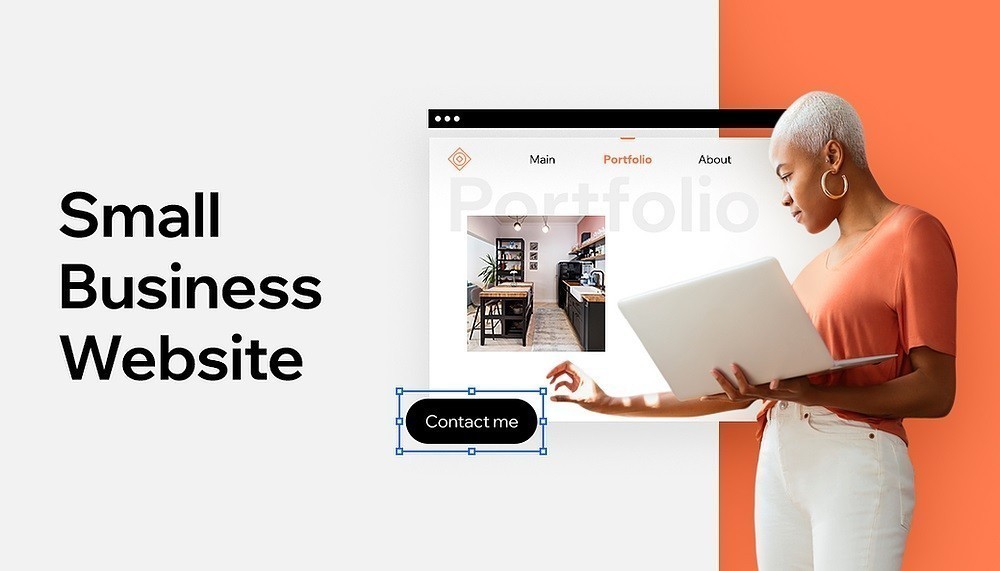
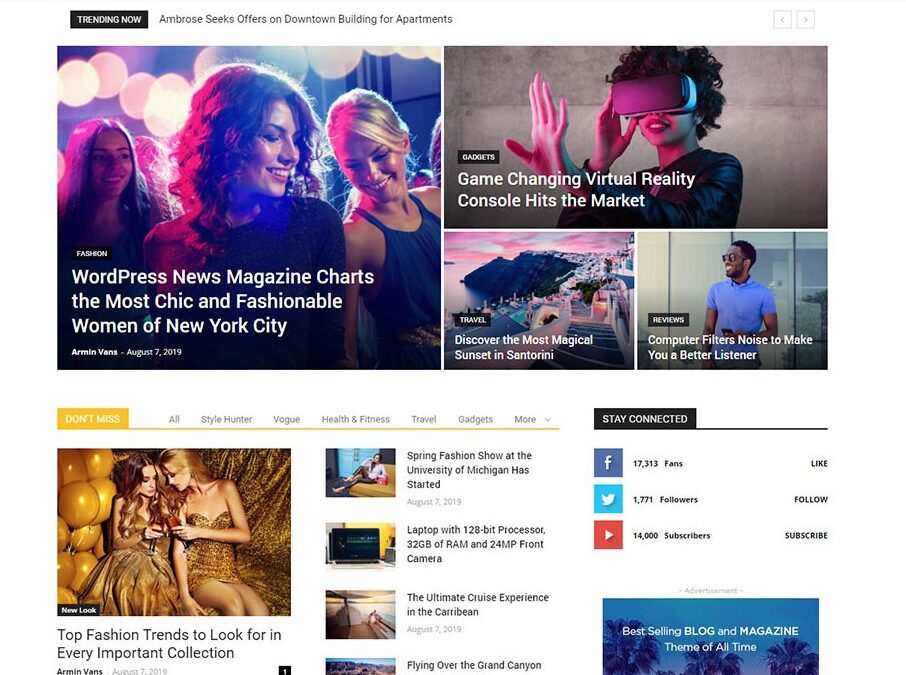

0 Comments